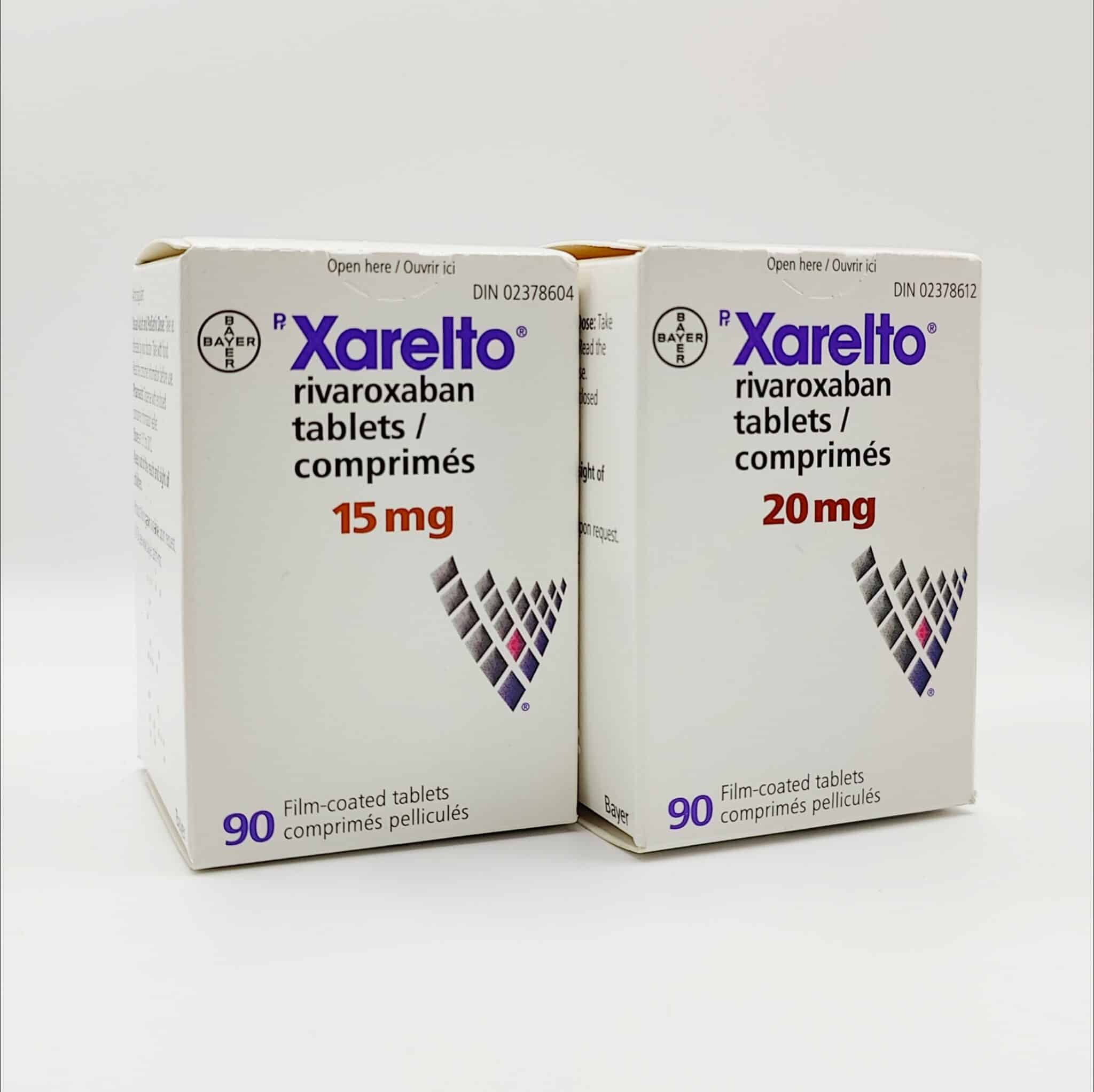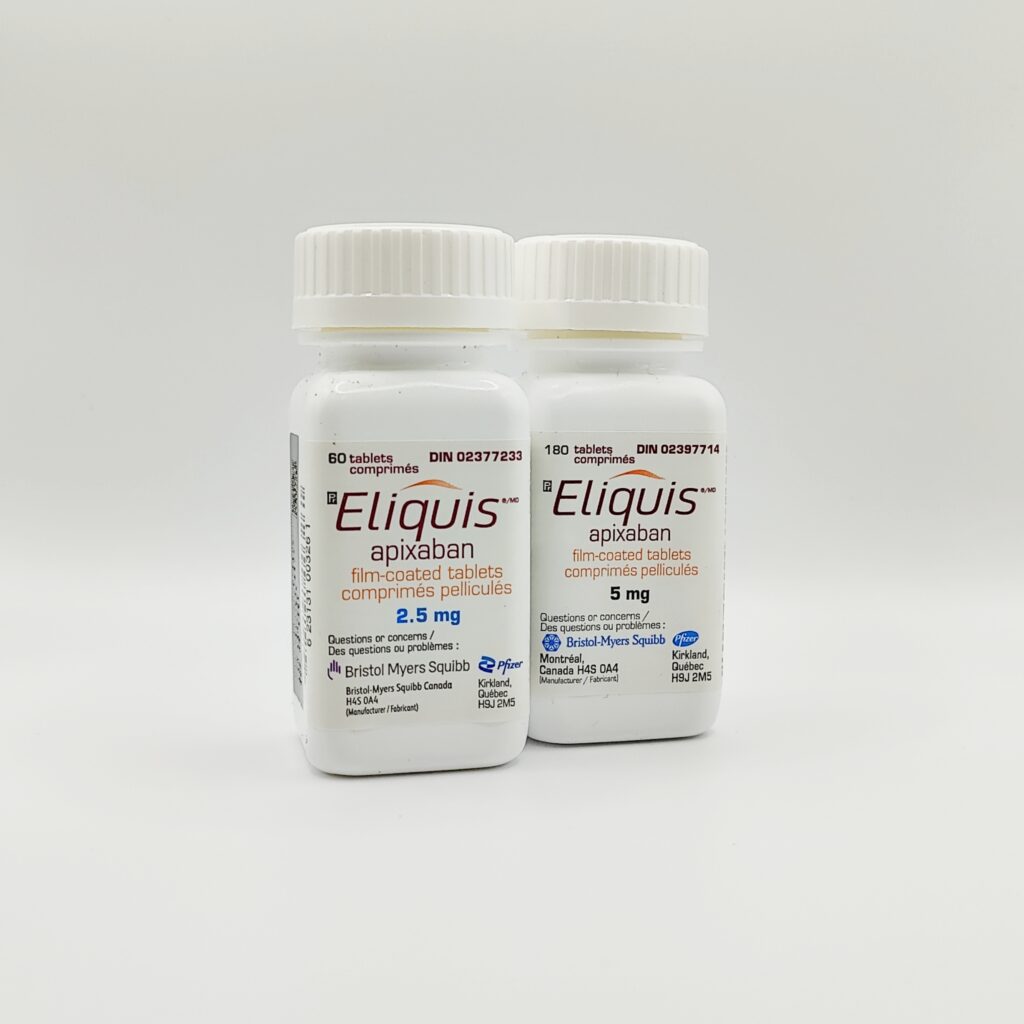Is Xarelto Safe for Long-Term Use? What You Need to Know
Is Xarelto Safe for Long-Term Use? What You Need to Know
- Todd P
For many patients with conditions like atrial fibrillation, deep vein thrombosis (DVT), pulmonary embolism (PE), or those recovering from surgeries like hip or knee replacements, Xarelto (rivaroxaban) is prescribed as a long-term solution to reduce the risk of blood clots and related complications. But how safe is Xarelto for extended use, and what should you expect during long-term therapy? Let’s explore the safety, benefits, and precautions for patients on Xarelto over the long term.
How Xarelto Works
Xarelto is a direct oral anticoagulant (DOAC) that works by inhibiting Factor Xa, a protein in the blood that plays a crucial role in clot formation. By reducing the activity of Factor Xa, Xarelto helps prevent harmful clots from forming in the heart, lungs, or veins.
The simplicity of Xarelto lies in its predictable dosing and lack of regular blood monitoring, unlike older anticoagulants like warfarin. However, long-term use requires careful adherence to your healthcare provider’s guidance to minimize risks and maximize benefits.
Is Long-Term Use of Xarelto Safe?
For most patients, long-term use of Xarelto is considered safe when prescribed appropriately. Clinical studies have shown that the benefits of preventing blood clots often outweigh the risks of extended use. However, safety depends on several factors, including the condition being treated, dosage, and the patient’s overall health.
Conditions Where Long-Term Use is Common
- Atrial Fibrillation: Long-term use reduces the risk of stroke in patients with non-valvular atrial fibrillation.
- DVT and PE: Xarelto prevents recurrent clots in patients with a history of deep vein thrombosis or pulmonary embolism.
- Post-Surgical Clot Prevention: Patients recovering from major surgeries, such as hip or knee replacements, may use Xarelto for a shorter term (typically 5–35 days) unless they have ongoing clotting risks.
Benefits of Long-Term Xarelto Use
1. Reduced Stroke Risk: For atrial fibrillation patients, Xarelto significantly lowers the risk of stroke without the need for frequent INR monitoring like warfarin.
2. Fewer Recurrent Clots: In patients with a history of DVT or PE, Xarelto reduces the likelihood of future clot formation.
3. Convenience: Once-daily dosing (for most indications) simplifies adherence, and no dietary restrictions are required.
Alternatives to Xarelto
In some cases, other anticoagulants may be better suited for long-term use:
- Warfarin: Effective but requires regular monitoring and dietary restrictions.
- Eliquis (apixaban): Another Factor Xa inhibitor with a slightly different dosing schedule.
- Pradaxa (dabigatran): A direct thrombin inhibitor with specific use cases.
Your healthcare provider will help determine the best option based on your medical history and lifestyle.
Risks and Precautions
While Xarelto is effective, it’s important to be aware of potential risks during long-term use:
1. Increased Bleeding Risk
- Why It Happens: By preventing clots, Xarelto can increase the risk of excessive bleeding, especially in cases of injury, surgery, or certain medical conditions.
- What to Watch For: Unusual bruising, prolonged bleeding from cuts, heavy menstrual bleeding, or signs of internal bleeding like black stools or severe headaches.
2. Kidney Function Decline
- Xarelto is processed through the kidneys, so patients with kidney disease may require dosage adjustments or alternative treatments.
- Action Plan: Regular kidney function tests are essential to ensure safe long-term use.
3. Potential Drug Interactions
- Certain medications, such as antiplatelet drugs, NSAIDs, or some antibiotics, can increase bleeding risk when taken with Xarelto.
- Tip: Always inform your healthcare provider about all medications and supplements you’re taking.
4. Risk of Stopping Abruptly
- Discontinuing Xarelto without medical advice can lead to a sudden increase in clotting risk.
- Solution: If you need to stop Xarelto (e.g., before surgery), your doctor will provide specific instructions on safely pausing and resuming treatment.
Monitoring During Long-Term Use
Unlike warfarin, Xarelto does not require regular INR monitoring. However, ongoing medical check-ups are still essential for long-term users. Your doctor may monitor:
- Kidney and Liver Function: To ensure your body is processing the medication safely.
- Bleeding Risk: Regular assessments can help detect and manage any complications early.
Lifestyle Tips for Long-Term Xarelto Use
Practice Safety to Avoid Injury
- Minimize activities that increase the risk of cuts, bruises, or falls.
- Use caution when handling sharp objects or engaging in high-impact sports.
Stay Consistent with Dosing
- Take Xarelto at the same time every day. If prescribed with food, ensure you follow this guideline to maximize absorption.
Inform All Your Healthcare Providers
- Let your dentist, surgeon, or emergency care providers know that you’re taking Xarelto, as this may affect procedures or treatments.
Monitor for Signs of Bleeding
- Early recognition of symptoms like blood in urine or stools can help prevent serious complications.
When to Reassess Your Treatment Plan
Long-term use of Xarelto is not always permanent. Your doctor may reassess your treatment plan if:
- Your risk of clotting decreases due to lifestyle changes or improved health.
- Side effects, such as excessive bleeding, become unmanageable.
- A planned surgery or procedure requires temporary discontinuation.
Conclusion
Xarelto is a safe and effective anticoagulant for many patients requiring long-term therapy. While it offers the convenience of predictable dosing without regular monitoring, it’s important to stay vigilant about potential risks like bleeding and kidney function decline. Regular check-ups and open communication with your healthcare provider can ensure safe and successful use over the long term.
For U.S. patients seeking affordable options, Canadian prescription referral services offer a cost-effective way to access Xarelto while maintaining quality care. Talk to your healthcare provider to see if Xarelto is right for you and how you can manage your treatment effectively.


